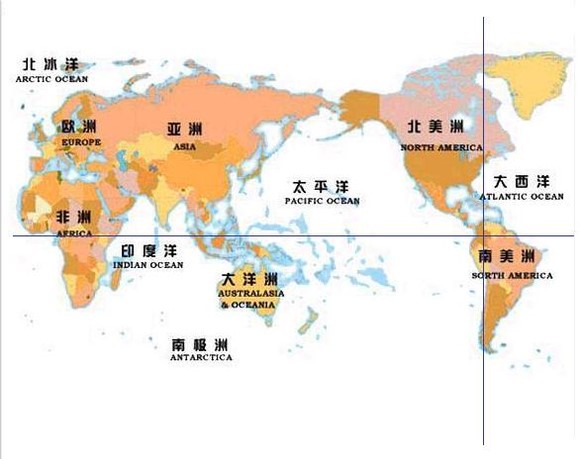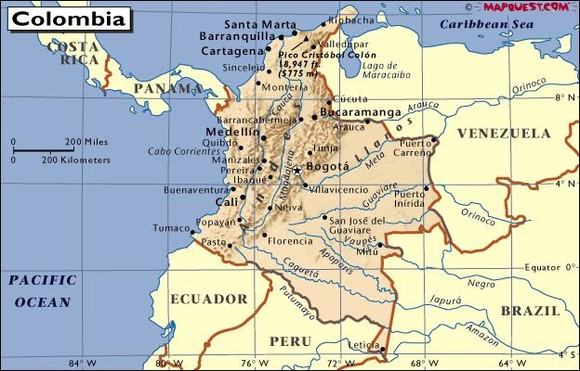Columbia Super Coffee Flavor description Coffee Bean basic knowledge


Flavor characteristics: acid with sweet, low bitterness, rich nutrition, with a unique sour and mellow taste
Colombia coffee is one of the few coffees in the world named after a country and one of the most famous coffees in the world. Colombia is located in the northwest of South America. Coffee is another pride of the people of this country besides football. The streets and alleys here are full of cafes, where waiters pour coffee in delicate porcelain bowls and respectfully serve it to customers. The coffee room was filled with fragrance and refreshing.
Colombia coffee dates back to 1808. Coffee was first brought to Colombia by a priest from the French Antilles via Venezuela. Since then, coffee trees have taken root in this country. The country has also become the second largest coffee producer after Brazil, as well as the world's largest exporter of Arabica coffee beans and the world's largest exporter of washed coffee beans. Many people equate Colombia coffee with high quality and good taste. This is due to the special climate of Colombia coffee producing areas and the careful cultivation of coffee growers.
Colombia's coffee-growing region is located at the foot of the Andes, where coffee is grown on the highlands formed by the three main mountain ranges of the Cordillera, the Middle Cordillera and the West Cordillera. Colombia's pleasant climate provides a wonderful Eden for coffee. It is warm and humid, and different types of coffee can ripen at different times. In Colombia, coffee is cultivated on 1.07 million hectares, there are about 302,000 coffee plantations in the country, and 30 to 40 per cent of the rural population depends directly on coffee production. Although Colombia has many farms, they are not large. Each farm has an area of only about 2 hectares, and more than 80% of coffee plantations have only about 5000 coffee trees, with an average of 3000. Thus, agriculture in Colombia is of the small farm type. Locals plant tall trees or banana trees around coffee trees. These trees can build pergolas for coffee trees in the seedling stage to ensure the environment needed for coffee growth. Due to the humidity in the coffee forest, the temperature difference is small, and the coffee beans mature slowly, which is conducive to the accumulation of caffeine and aromatic substances, so the quality of Colombia coffee is very good.
Regular coffee drinkers know that Colombia coffee has a silky texture. It has earned a reputation that no other coffee can match: it is called "green gold." The best coffee in Colombia coffee is Colombia Premium coffee, which has medium body, low acidity, sweet taste, best flavor and pleasant aroma. It combines the rich smoothness of Sumatra mantinine with a distinctive walnut bitterness and nutty taste. This coffee is suitable for medium or deep roasting. After brewing, it has a faint sweetness, mild temperament and rich aroma.
The name Colombia Premium comes not only from the exceptional quality of the coffee, but also from the bean-sized appearance. Colombia coffee, which is lower in grade and smaller in size than premium coffee, is excellent, excellent and good. Colombia premium coffee, in addition to the relatively large beans, its raw materials are usually taken from the newly harvested coffee beans, the most famous origin in Santander Bramanga. Colombia Premium is characterized by its aroma, rich and thick, with a clear quality of acidity, high balance, it is memorable.
Coffee often has a regional flavor. Brazil as the representative of the "hard" coffee, strong taste; Colombia as the representative of the "soft" coffee, its taste light. Some people compare Colombia coffee to a woman, vaguely charming, charming and just right, nostalgic. Try Colombia premium coffee without adding milk and sugar, which dilutes its original flavor.
Authentic Colombia coffee, brewed with emerald-like clarity. It was like the greatest master of the tuners, mixing sour, bitter and sweet in perfect harmony. After drinking, the fragrance fills the whole mouth. The smell came out of his nose. It's just so coquettish, occupying your taste buds, your mind and even your soul as quickly as possible. Let you unconsciously be captured by it.
(This article is reproduced)
Important Notice :
前街咖啡 FrontStreet Coffee has moved to new addredd:
FrontStreet Coffee Address: 315,Donghua East Road,GuangZhou
Tel:020 38364473
- Prev

Taste description of Cuban Coffee Crystal Mountain Coffee
Flavor and taste characteristics: full of particles, uniform taste, tobacco flavor the Republic of Cuba is located in the West Indies, with a detached and primitive natural environment, the beautiful Caribbean Sea and the world-famous Crystal Mountain Coffee. In 1748, coffee was introduced into Cuba from Domiga, and Cuba began to grow coffee ever since. The land in Cuba is fertile, the climate is humid, and Rain Water is abundant.
- Next

A hermit in Brazil's boutique coffee kingdom.
Origin: Brazilian grade: good granule: relatively full acidity: slight acid uniformity: stable roasting: low to deep flavor: neutral beans, low acid, smooth and round Brazil grows Arabica and Robusta coffee, but mainly Arabica coffee, mostly dried. There are about 3.97 billion coffee trees in Brazil, and the number of people engaged in coffee production is elder brother
Related
- Detailed explanation of Jadeite planting Land in Panamanian Jadeite Manor introduction to the grading system of Jadeite competitive bidding, Red bid, Green bid and Rose Summer
- Story of Coffee planting in Brenka region of Costa Rica Stonehenge Manor anaerobic heavy honey treatment of flavor mouth
- What's on the barrel of Blue Mountain Coffee beans?
- Can American coffee also pull flowers? How to use hot American style to pull out a good-looking pattern?
- Can you make a cold extract with coffee beans? What is the right proportion for cold-extracted coffee formula?
- Indonesian PWN Gold Mandrine Coffee Origin Features Flavor How to Chong? Mandolin coffee is American.
- A brief introduction to the flavor characteristics of Brazilian yellow bourbon coffee beans
- What is the effect of different water quality on the flavor of cold-extracted coffee? What kind of water is best for brewing coffee?
- Why do you think of Rose Summer whenever you mention Panamanian coffee?
- Introduction to the characteristics of authentic blue mountain coffee bean producing areas? What is the CIB Coffee Authority in Jamaica?

